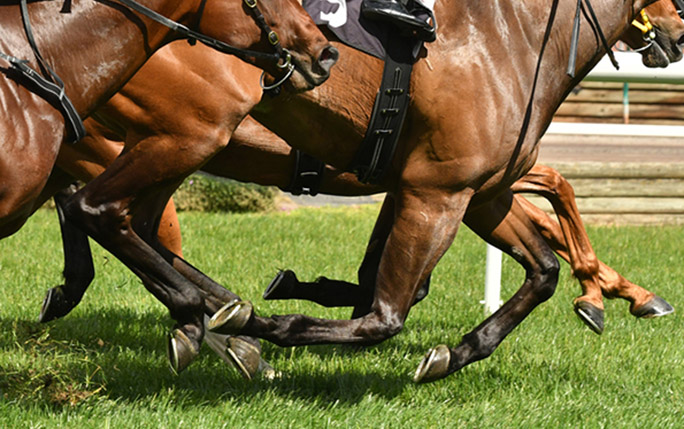
Female Jump jockeys may be being underestimated by the betting public, suggests analysis conducted at the University of Liverpool Management School by PhD student, Vanessa Cashmore.
Carrying out statistical analysis of over 1.6 million rides covering a 18-year period, the research indicates that a Jumps horse ridden by a female rider at odds of 9/1 has the same chance of winning as a male ridden horse at odds of 8/1.
The findings are particularly noteworthy in the context of the 2019 Cheltenham Festival, when 14.3% of wins came from female riders despite receiving only 9.2% of the total number of rides available.
This project has been supported by Women in Racing’s bursary fund and the Racing Foundation. The analysis was conducted by Vanessa Cashmore, PhD student at the University of Liverpool and Work Based Learning Manager at the Northern Racing College.
Vanessa Cashmore said: “This analysis seems to suggest there is a significant difference between the material performance of female Jump jockeys and the public perception of their capability.
“The betting public consistently underestimate these jockeys. This could be an indicator of negative public opinion about the ability of female riders but also ensures there is value to be found in backing horses ridden by female jockeys in Jump races.
“I hope this research can move us another step closer to altering attitudes towards female jockeys and more importantly, driving behavioural change.”
Neil Coster, Director of Studies for the University's Thoroughbred Horseracing Industries MBA, said: “It is great to see the continuation of this work started as a Thoroughbred Horseracing Industries MBA project. Vanessa has just started her PhD at Liverpool focused on horseracing and it will deliver insightful research on a number of key topics to better inform future decision making. We look forward to Vanessa continuing to share her research and to inspire our future Thoroughbred Horseracing Industries MBA students.”
Rose Grissell, British Racing’s Head of Diversity and Inclusion, said: "It is interesting to understand how the betting public may or may not perceive female Jump jockeys. The progression of female jockeys in both codes has been agreed as a key priority for the Diversity in Racing Steering Group and that includes exploring how we can change both conscious and unconscious attitudes.
"We are currently looking at every stage of a female jockey’s career to see where barriers can be removed or better support can be implemented. Whilst the number of rides going to females is increasing, we still have a long way to go.
"As an example, an audit of female jockey facilities at each racecourse is also currently being carried out by female jockeys themselves, so we hope to learn where improvements can be made on the racecourse.”
Tallulah Lewis, Women in Racing Chair, said: “Women in Racing is delighted to be able to support Vanessa as she continues her ground-breaking research. Riding a racehorse requires a high level of skill and strength which are abilities that can be developed by both sexes, with opportunity being the crucial final component. Vanessa’s research makes clear that if women have the same opportunities as their male counterparts they can compete very successfully as jockeys, just as they can in any other sphere in racing.”
Rob Hezel, Chief Executive of the Racing Foundation, said: “The Racing Foundation has funded management training, placements on the MBA and is now funding a PhD to help create a training and development pathway in racing that will stretch and support future leaders in the sport. This research is of particular interest as it supports work on diversity and inclusion, a topic that the Foundation has previously supported research in, the results of which were the catalyst for the current industry activity in this area. It is particularly pleasing for the Foundation to see the synergy gained from a variety of projects we have supported coming together to produce insight for future decision making.”